Recent Water Damage Posts
Handling Water Damage from Leaking Water Fountains with SERVPRO® of Durant
8/7/2024 (Permalink)
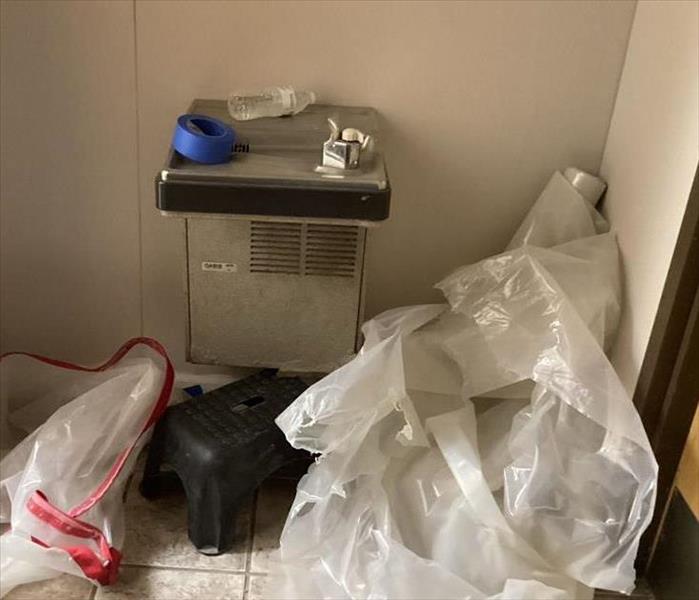 SERVPRO of Durant assessing water damage caused by a leaking water fountain.
SERVPRO of Durant assessing water damage caused by a leaking water fountain.
Water fountains are a beautiful and functional addition to many homes and businesses, but when they leak, they can cause significant water damage. SERVPRO of Durant is here to help you manage and restore any water damage resulting from leaking water fountains. Here’s how we handle such situations and why you should trust us with your water damage restoration needs.
The Impact of Water Fountain Leaks
Leaking water fountains can lead to a range of water damage issues, including:
- Structural Damage: Continuous leaks can weaken floors, walls, and ceilings, compromising the structural integrity of your property.
- Mold Growth: Persistent moisture from leaks creates an ideal environment for mold growth, which can pose health risks and further damage your property.
- Damage to Belongings: Water from leaks can ruin carpets, furniture, and personal items, leading to costly replacements and repairs.
Our Comprehensive Water Damage Restoration Process
At SERVPRO of Durant, we follow a detailed and efficient process to restore your property from water damage:
1. Emergency Contact
Our team is available 24/7. As soon as you notice a leak, call us at 580-740-4848. Quick action can significantly reduce the extent of the damage.
2. Inspection and Assessment
Our technicians will conduct a thorough inspection to assess the damage caused by the leaking water fountain. This includes checking for hidden moisture that could lead to further issues.
3. Water Removal
Using powerful pumps and vacuum units, we extract standing water from your property. This immediate action helps prevent further damage and reduces drying time.
4. Drying and Dehumidification
We use industrial-grade dehumidifiers and high-speed air movers to remove any remaining moisture from walls, floors, and other affected areas. This step is crucial to prevent mold growth and secondary water damage.
5. Cleaning and Sanitizing
Our team cleans and sanitizes all restorable items and structures affected by the water. We also use antimicrobial treatments to prevent mold growth and eliminate any lingering odors.
6. Restoration
The final step involves restoring your property to its pre-damage condition. This may include minor repairs such as replacing drywall and installing new carpets, or major repairs like reconstructing entire rooms.
Why Choose SERVPRO of Durant?
Experienced and Certified Technicians
Our team is highly trained and IICRC-certified, ensuring that we handle every water damage situation with the utmost professionalism and expertise.
Advanced Equipment and Techniques
We use the latest technology and equipment to provide efficient and effective water damage restoration services. Our advanced moisture detection tools help us find and address hidden water damage.
Quick Response Time
We understand the urgency of water damage situations. Our team responds quickly to minimize damage and start the restoration process as soon as possible.
Comprehensive Services
From initial water extraction to final restoration, we handle every aspect of the water damage restoration process, providing you with a seamless and stress-free experience.
Need Water Damage Restoration? Call Us 24/7 – 580-740-4848
When water damage strikes, trust SERVPRO of Durant to restore your property and peace of mind. Our dedicated team is ready to respond to your emergency and provide professional, reliable service. Contact us today for expert water damage restoration services.
SERVPRO of Paris is available 24 hours a day
3/12/2022 (Permalink)
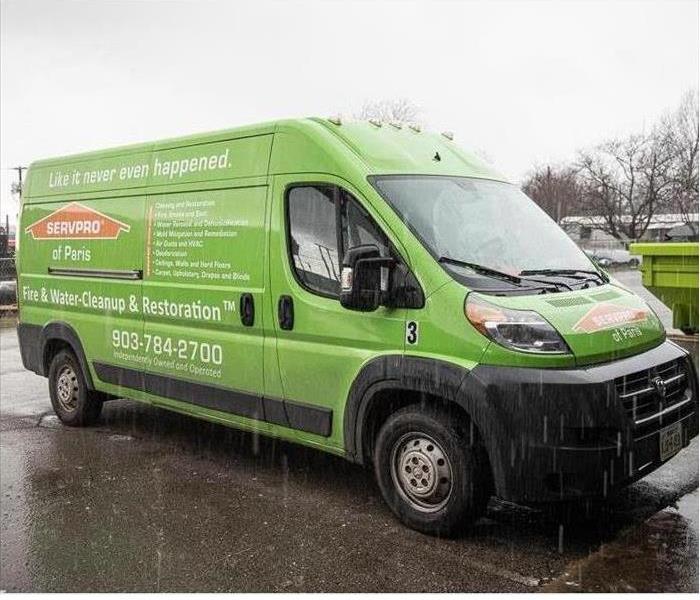 No job is too small or too large! We are here to help!
No job is too small or too large! We are here to help!
SERVPRO of Durant is available 24 hours a day for water emergencies, large or small.
You never know what life will hand you. You could wake up to a big disaster or come in from vacation to a flooded home. Nobody wants to be wading through water in the morning but when you are dealing with water damage, immediate action is crucial.
A delay of just a few hours can greatly increase the severity of the water damage and also ruin your personal belongings.
The quicker SERVPRO can get to you the better. When you are dealing with water damage. You need plenty of support in your time of distress. Let us provide you with that support. Rest assured we will be right there to take care of you and your family or business.
No job is too small or too large! We are here to help!
Call SERVPRO of Durant with all your emergency water needs. (580) 740-4848
3 Ways To Maintain Your Business's Roof
1/22/2022 (Permalink)
 A roof leak or collapse can be devastating to a business
A roof leak or collapse can be devastating to a business
3 Ways To Maintain Your Business's Roof
A roof leak or collapse can be devastating to a business, causing flooding and ruining merchandise. Roof damage, in fact, is a difficult situation, making reopening your store a hassle and expense. Avoiding this disaster isn't impossible, but steps can be taken to minimize the chances.
- Attend to Small Problems Quickly
Don't assume your structure is intact simply because you can't see water stains. Wind damage and harsh rain can wear it down, causing tiny complications. Contact roofing specialists to conduct biannual evaluations, looking for any of the following issues:
- Peeled edges
- Cracked roofing
- Missing shingles
- Flashing issues
Leaving any of these unattended exposes the building to leaks and water damage. Fix things as soon as they come to your attention.
- Tend To Drainage and Debris Early
Are gutters clear? If they become clogged, backups happen, allowing water to build in areas it shouldn't. This pressure could add unneeded pressure to the top, essentially weighing it down. That collapse is not pretty. Have property management look at the gutter system regularly, scheduling clean outs. Trees and brush become an additional hazard. Roof damage often happens when limbs and branches are picked up during storms and then thrown into the roofing. Those smacks punch holes and remove the protective shingles. To avoid this, have someone trim the foliage and, before a major weather event, pick up anything loose on the ground. - Apply To Insurance Immediately
If you need help restoring the premises, contact a water restoration company to inspect the establishment, looking for mold and flooding complications. Their recommendation may indicate a roof rebuild is needed. Don't underestimate that decision. Work with your insurance company to discuss the need, giving you the comfort of a secure new ceiling. In fact, ask about waterproofing for the future. This sealant might aid in keeping leaks from sprouting up in the future.
Roof damage has preventative measures. By looking at it periodically, management might find the weak areas, offering a chance to stop a major catastrophe. In addition, don't forget that taking care of the landscaping may also ward off potential troubles.
Six Common Causes for Water Loss
1/15/2022 (Permalink)
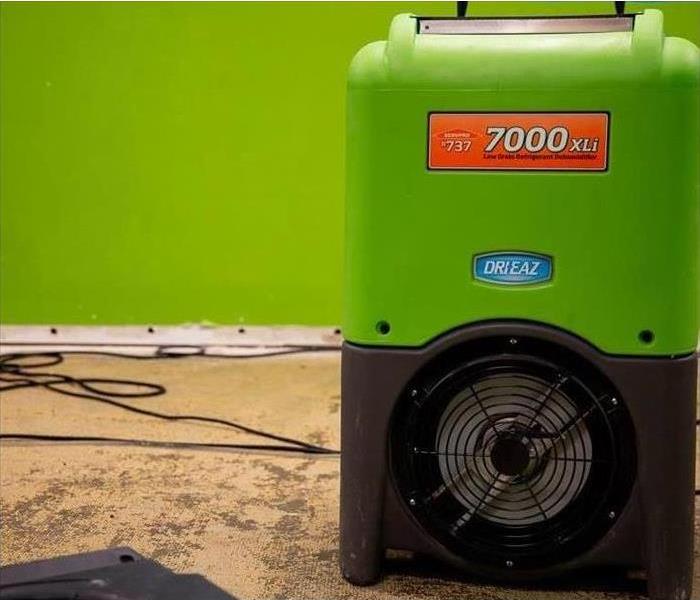 Water Damage Restoration
Water Damage Restoration
While even clean water can be damaging and require the need for water damage restoration services, it’s reassuring to know that unwanted water in your building is not contaminated or unsafe to handle.
Here are six common causes of water loss, that are considered Category 1 water.
Broken Supply Line
Supply lines can start to leak around fittings and connections, or a sharp object can cause a supply line: broken pipe to break completely and start to gush out. Deterioration, freezing temperatures, and earthquakes can also can a water line to break.
Cracked or Broken Pipe
Broken pipes are a common cause of water damage. While an undetected leak that has been sitting for a long period time is likely contaminated, a recent pipe burst is a clean water source.
Overflowing Sink or Tub
If a sink or tub is accidentally left leaking or a drain is plugged, water can overflow and cause extensive damage. As long as there were no contaminants in the sink or tub, this water is considered Category 1.
Clean Toilet Bowls
An overflowing toilet with no urine or feces in it is still considered clean water. If only urine is present, the water is labeled Category 2. Water with feces is grossly contaminated Category 3 water.
Melted Ice or Snow and Rainwater.
As long as it hasn’t come into contact with contaminants, water from melted ice or snow is safe to handle. Additionally, rainwater is considered clean enough to touch and even consume.
Appliance Malfunction
While water that leaks from a dishwasher or washing machine may be slightly contaminated, other appliance leaks are considered safe. However, you will need to be careful to avoid electrical hazards.
A positive sign that floodwater in your building is Category 1 is that it came from a clean water source. While there are other potential causes of flooding or leaks, these water sources are some of the most common.
Cleaning up After Water Damage in Your Home
1/8/2022 (Permalink)
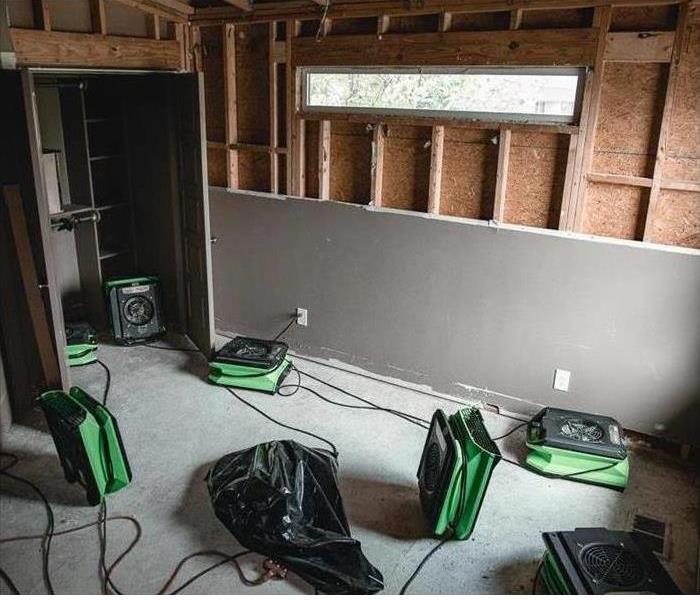 When you get the right help many items are salvageable when there is water in your home!
When you get the right help many items are salvageable when there is water in your home!
No homeowner wants to experience the dread of finding flooding in the house. Even minor water damage can be costly and difficult to clean up.
After your safety and that of your family members, you worry about your belongings and materials. Fortunately, when you get the right help on your side, many items are salvageable when there is water in your home.
What You Can't Clean
In most cases, when water saturates porous material, you must throw it out. Failure to do this could result in mold growth. Some typical items you'll want to tear out and replace include:
- Drywall
- Carpet
- Ceiling tiles
Documents
If a broken pipe or other problems bring water into your , home, items such as books, photographs, maps and other paper are at risk. You should first remove the materials from harm's way. Put them in a place where they can dry out. To completely clean them, a professional crew will use specialized techniques to remove the water preserve the documents. Freeze-drying is one of the most common tactics.
Furniture
In a flood, furniture is susceptible to damage. Flood cleanup specialists can address water issues on couches, chairs and other items and allow you to keep them intact. The crew will use dry cleaning to thoroughly extract and dry the furniture. The team will also disinfect the furniture to discourage mold growth.
Electronics
it's vital with water in home that you don't turn on any electronic devices. Instead, unplug the products and get them away from any water. A professional company has the skills and tools to clean your electronics. The technicians will handle your belongings with care and respect. The team will start by using damp cloths to remove dust and then will clean the interior of the electronics.
It's never good to see water in home, but you can clean most items. Get a flood cleanup team on the job, and your possessions can look as good as new.
Water Damages rarely wait for when it's convenient. When is the most inconvenient? Vacation.
1/1/2022 (Permalink)
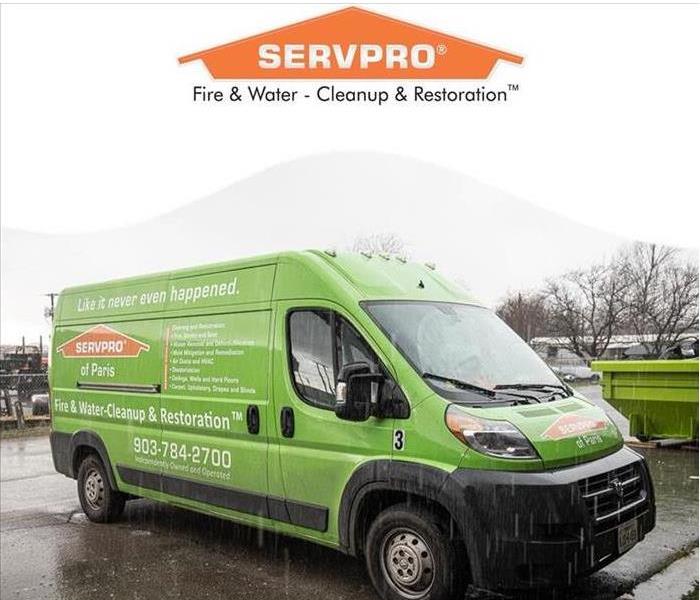 SERVPRO OF DURANT HELPING TO MAKE WATER DAMAGE “Like it never even happened.”
SERVPRO OF DURANT HELPING TO MAKE WATER DAMAGE “Like it never even happened.”
The last thing that should be on your mind when you’re on vacation is whether a broken pipe or water heater bust has flooded your home. This can cause damage to your belongings and your home, so the best thing is prevention.
Prevent Damage
One of the main causes of water damages is the water heater. It’s a good idea to shut it off. If a pipe breaks or the valve gives, hot water will flood the home, and water will continue to fill the tank and leak out of whatever gave way. Other appliances generally won’t leak unless in use.
If leaving the home during winter, turn the heat down but not so low that pipes can freeze. Keep the water running at a drip to prevent freezing.
Wrap the pipes. Exposed pipes can always use the extra insulation from the elements.
Keep an Eye on Your Home
If you’re going to be gone for several days, it’s not a bad idea to have a neighbor, family member or friend stop by the house once in a while. This can be just a quick peek inside to verify there is no flooding, a broken pipe, or any other issues.
You can also use web cameras that can be viewed from a phone or computer to check on your home. This won’t prevent a pipe from bursting, or a flood but it can allow you to at least get a professional there sooner and prevent further water damage.
Circumstances for a Flood Cut
10/30/2021 (Permalink)
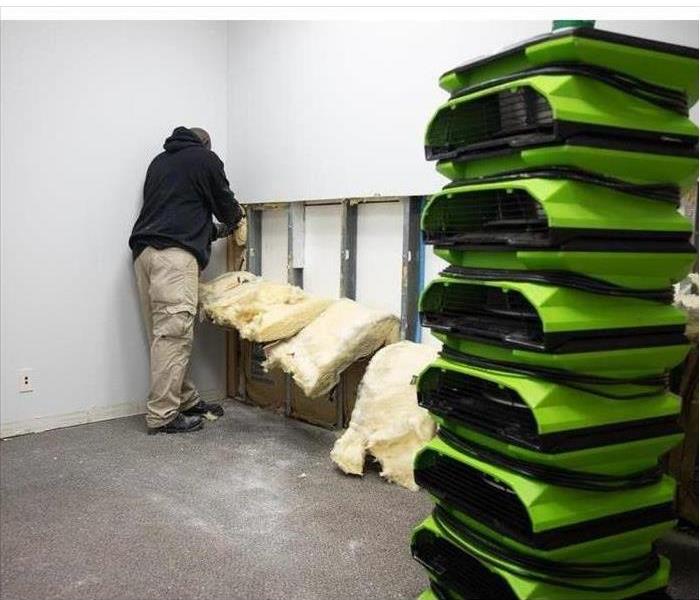 A flood cut can prevent this and keep mold at bay.
A flood cut can prevent this and keep mold at bay.
When flooding affects your home our technicians may perform a technique called a "flood cut".
This specific technique requires cutting out sections of drywall about a foot above the flood line to inspect the wall behind it. While this process is not always necessary, there are a few circumstances that may require it after a flood occurs.
- Black Water Floods
When outdoor flooding invades your home from overflowing streams or rivers, it may contain sewage, chemicals or dead animal carcasses. This water can be considered contaminated and is known as black water. A flood cut is usually necessary when this type of flooding occurs because your home’s drywall and any insulation behind it may be affected by the dirty water and may need replacing.
- Wet Insulation
Flood technicians may perform a flood cut and tear out sections of drywall if they believe any insulation behind your home’s walls has water damage. Because insulation cannot be properly dried, a flood cut may be needed to remove any wet material. Once the interior wall is cleaned and dried, new insulation can be installed.
- Mold Growth
After flooding, mold can begin to grow behind interior walls and spread quickly if it is not addressed. Flood technicians may perform a flood cut to check for mold and treat the area if any is found. Because mold does not need sunlight to grow, it can spread from interior walls to other areas and cause an unpleasant odor in your home. A flood cut can prevent this and keep mold at bay.






 24/7 Emergency Service
24/7 Emergency Service






